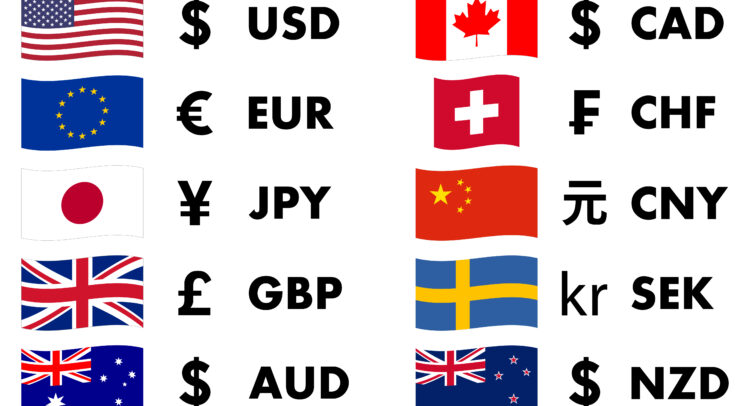In the big world of forex trading, some pairs often go unnoticed. We’re talking about pairs like GBP-AUD and EUR-AUD, where the British Pound and the Euro dance with the Australian Dollar. If the primary currency that you fund your account with is the U.S. Dollar, you might wonder why you should focus on these when you could stick with the straightforward AUD-USD? Well, buckle up because we’re about to dive into the unique twists and turns of these lesser-watched pairs.
A Special Flavor of Volatility and Opportunity
AUD-USD might look like the easy pick, with its clear link between the Aussie Dollar and the U.S. Dollar. But there’s something to be said for mixing things up in your trading portfolio. GBP-AUD and EUR-AUD bring a special flavor of volatility and opportunity that can really shake up your trading routine. These pairs have their own set of influences, free (well, mostly free) from the USD’s shadow.
When trading the GBP-AUD (British Pound-Australian Dollar) and EUR-AUD (Euro-Australian Dollar) pairs, one common strategy to consider is trading based on interest rate differentials. This strategy is particularly suitable given that both the GBP and EUR often have different interest rate paths compared to the AUD, influenced by their respective central banks: the Bank of England (BoE), the European Central Bank (ECB), and the Reserve Bank of Australia (RBA).
Interest Rate Differential Trading
- Monitor Central Bank Communications:
- Pay close attention to policy announcements, meeting minutes, and speeches from the BoE, ECB, and RBA. Changes in monetary policy or even shifts in tone can significantly affect currency values.
- Analyze Economic Indicators:
- Keep an eye on key economic indicators such as GDP growth rates, employment data, inflation reports, and consumer spending. These indicators can influence central bank decisions and thereby affect currency strength.
- Position Based on Rate Expectations:
- If one of the central banks is expected to increase interest rates while the other is holding steady or cutting rates, consider going long on the currency of the country with rising rates. The expectation of higher returns on investments denominated in that currency can increase demand and boost its value.
- Conversely, if one central bank is expected to cut rates or is showing dovish tendencies while the other is holding steady or is hawkish, consider going short on the currency of the country with the decreasing rate.
- Risk Management:
- Given the higher volatility and risks associated with these pairs, it’s crucial to use proper risk management strategies. This can include setting stop-loss orders to manage potential losses and adjusting the size of your trades based on the volatility and your risk tolerance. And when I say high volatility, I mean high volatility. The AUD-USD might move 60 to 70 pips as a “big” move, but the GBP-AUD could move a couple hundred.
- Stay Updated with Global Events:
- Since both the GBP and EUR are heavily influenced by political events in Europe, while the AUD is influenced by commodity prices and trade relations (especially with China), staying updated with these events can provide insights into potential market movements.
By utilizing the interest rate differential strategy, traders can potentially capitalize on the movements between these pairs by positioning themselves according to the anticipated changes in monetary policy and economic conditions in their respective economies.









